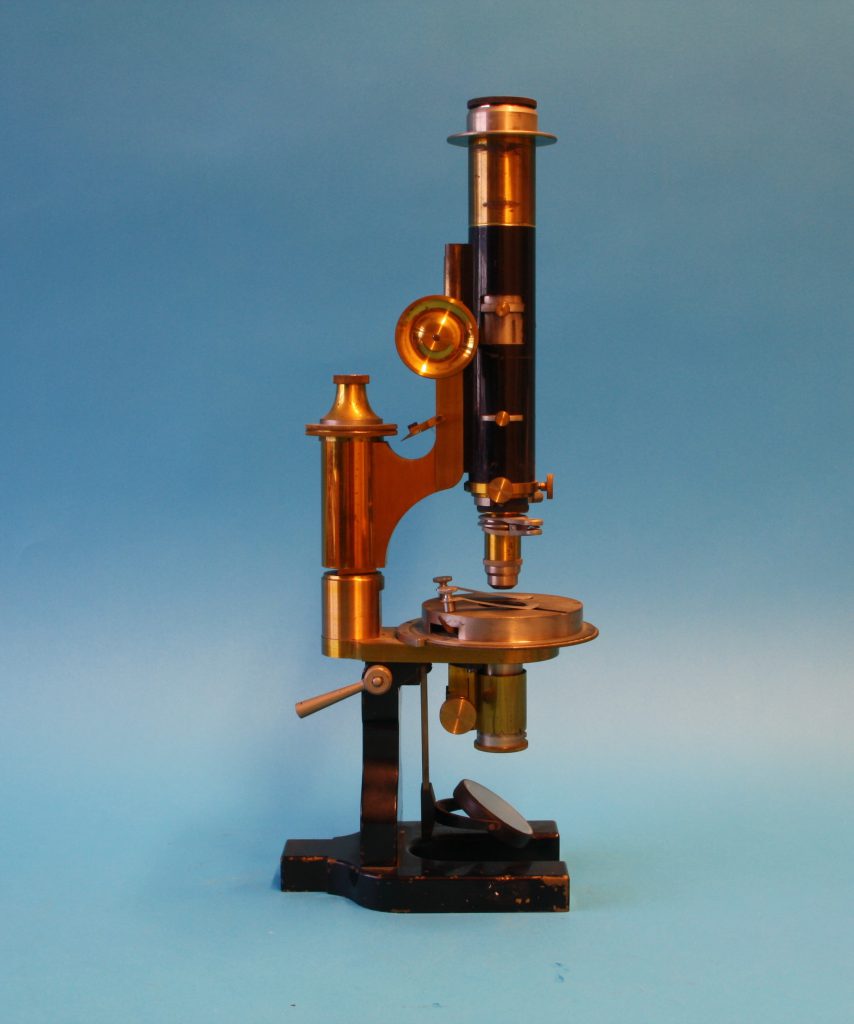
Heinrich Ludwig Rudolf Fuess (1838-1917)
Fuess trained in Göttingen from 1853-1857, specializing in mathematics, physics and optics. Once qualified, he moved to Hamburg and then to Berlin. In 1865, he founded his own workshop which, after several moves, he then settled in Berlin-Steglitz in 1891.
The first products from the workshop included apothecary balances, and microscopes, but gradually came to specialize in mineralogy, including microscope slides with thin rock samples sold as sets, as well as bespoke preparations of samples provided by customers. In 1875, he produced the first German petrographic microscope for Harry Rosenbusch. After taking over Greiner & Geiβler in 1877, they also began producing meteorological instruments.
At the start of the 20th century, they were making range finders and rifle scopes for the army.
Heinrich’s son, Paul Fuess (1867-1944) took over the company in 1913.
During WW1, they explanded their military production to include aircraft instruments, and this continued afterwards. They also produced equipment for scientific expeditions. During WW2, they continued with military production, but were unable to recover after the War.

Compound achromatic polarisation microscope
FUESS
ca. 1910